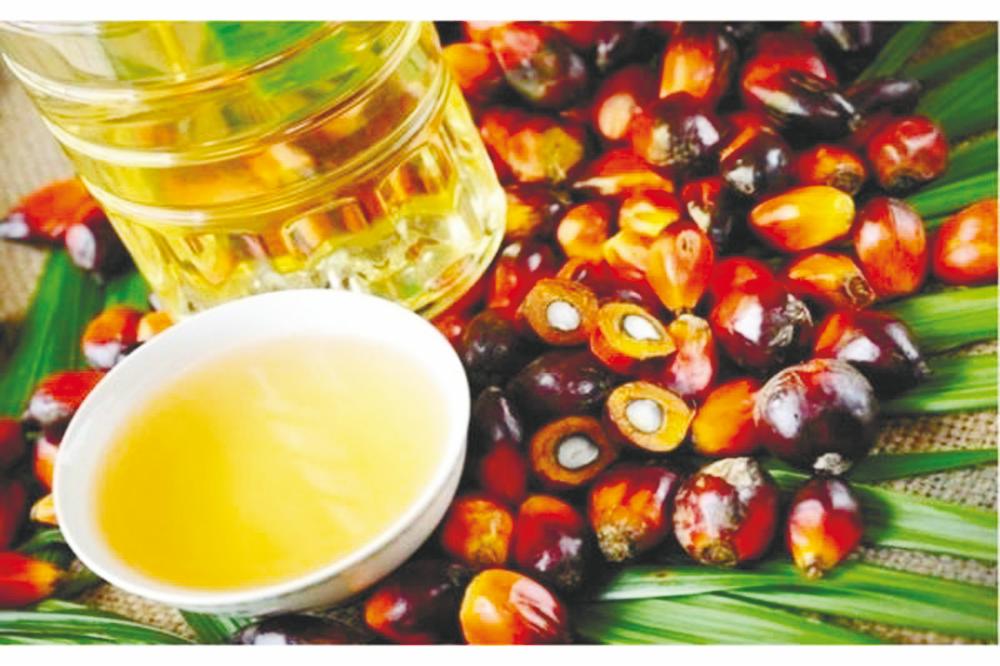PETALING JAYA: Palm oil prices are expected to remain relatively elevated in the coming months, before averaging slightly lower than current prices over the rest of the year, according to Fitch Solutions.
As such, the research arm of Fitch Ratings is revising up its 2020 price forecast, to RM2,580 a tonne (from RM2,450 a tonne previously), assuming a RM2,600 a tonne average over the rest of the year.
“We are also revising up our 2021 price forecast but maintain our view that prices will stagnate on a year-on-year (y-o-y) annual average basis. Palm oil prices have proven resilient amidst the Covid-19 crisis and are on track to be one of the only commodities to average higher on a y-o-y basis. Palm oil has been outperforming among softs this year, and in particular since May, along with sugar,” it said.
It pointed out this is due to global palm oil production decreasing in 2019/20 (ending September 2020) due to the delayed impact on trees over September 2019-March 2020 of the dry weather recorded in 2019.
Secondly, import demand from India and China recovered strongly on a month-on- month basis from May-June onwards following the sharp drop in demand due to Covid-19-related disruptions in Jan-April.
“Taken together, these factors led to a draw-down in inventories,” it said.
Over the next three to six months, import demand from China and India is seen to remain strong, as local stocks are still standing at low levels and absolute import levels have yet to fully recover from pre-Covid-19 levels, suggesting further upside potential.
Inventory levels in Malaysia have likely bottomed out as production in Southeast Asia is on a strong recovery trend, but stocks will remain at depressed levels amidst strong import demand.
Meanwhile, over the longer term, Fitch Solutions said it is revising up its 2021 price forecast.
“We now see prices averaging RM2,580/tonne in 2021, compared with RM2,450/tonne previously. This is above the 2015-2019 average of RM2,424/tonne. Global production will recover strongly in 2020/21 as tree yields recover from the 2019 drought impact, benefit from ample rainfall amidst 2020 La Niña and fertilizer application rises due to higher prices.
“However, we also expect palm oil demand to rebound robustly in 2021 (by 7.1% yoy) after the decline recorded in 2020 (- 2.8% yoy).”
Based on a projected strengthening of economic activity and an increase in biodiesel demand in Indonesia and Malaysia, palm oil inventories are expected to remain tighter as well in 2020.
Finally, a more bullish outlook for crude oil prices and upside risks to alternative vegetable oils coming from La Niña will also support palm oil prices.
“Although we have also revised up our forecasts towards the end of our forecast period, we maintain our view that prices will remain below 2020 levels out to 2024 (which is still higher than 2015-2019 averages). Although palm oil production will slow down significantly in the coming years, we expect demand growth to underwhelm in China, India and the EU,” it added.













